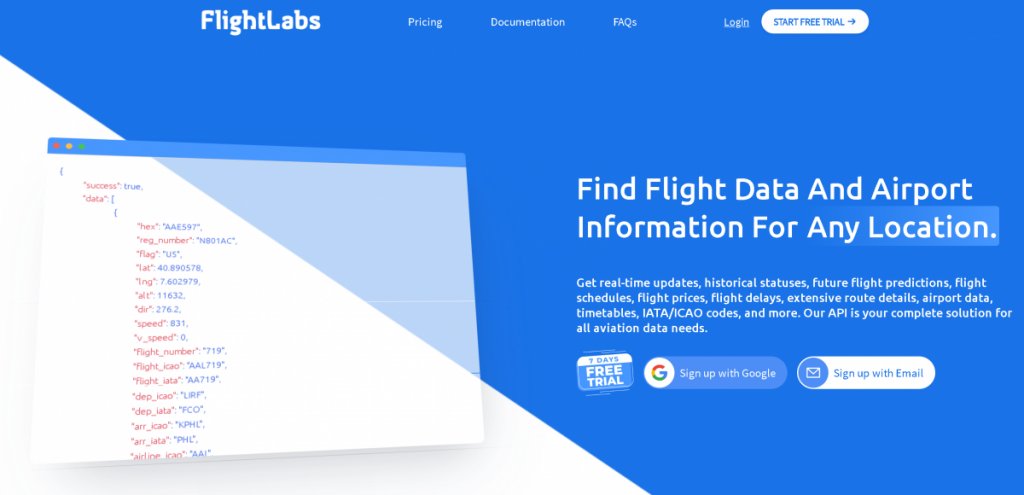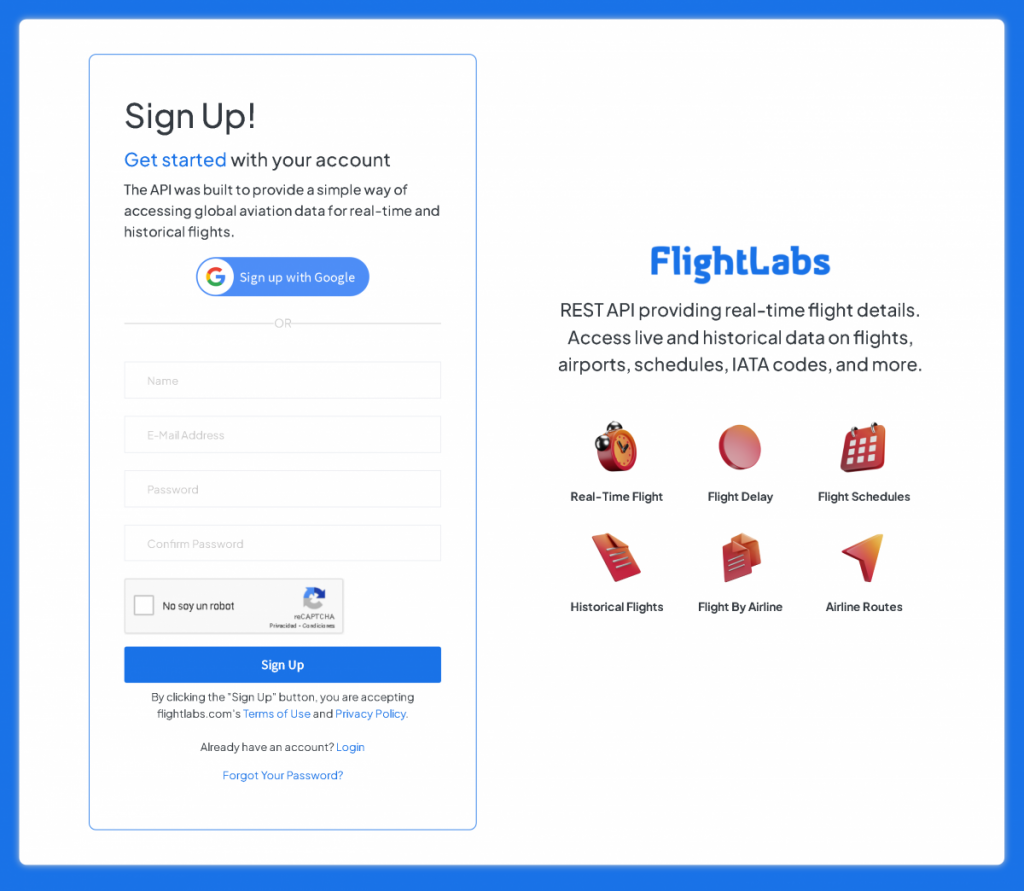The aviation and travel industries are ever-evolving landscapes, driven by the need for efficiency, reliability, and seamless integration of information. One pivotal technology that has become indispensable is the Flight Route API. A Flight Route API is a specialized interface that enables developers and businesses to access detailed flight route information, including schedules, paths, and related logistics.
The ability to retrieve and utilize this data seamlessly helps in creating a cohesive and informed travel ecosystem. As the demand for real-time information and seamless user experiences grows, the importance of Flight Route APIs, like FlightLabs, continues to rise.
How Flight Route APIs Work
To understand the full potential of Flight Route APIs, it’s essential to grasp the technical aspects and data flow processes involved. At the core, a Flight Route API functions as an intermediary between data providers and end-users. It aggregates data from various sources, such as airlines, airports, and aviation authorities, and presents it in a standardized format that can be easily accessed and utilized by developers.
The data flow typically begins with the API making a request to a server for specific flight route information. This request can include parameters such as origin, destination, date, and airline. The server processes this request, fetches the relevant data from its database, and sends it back to the API in a structured format, usually in JSON or XML. Developers can then integrate this data into their applications, ensuring that users have access to the most current and accurate flight route information.

Importance of Flight Route APIs in Developement Projects and Business
The integration of Flight Route APIs into developer projects and business operations is transformative. For developers, these APIs provide a treasure trove of data that can be used to create more dynamic, user-friendly applications. Businesses, in other hand, especially in the travel and aviation sectors, the benefits are manifold.
For airlines and travel companies, Flight Route APIs play a crucial role in streamlining operations and logistics. By integrating flight route data into their systems, these businesses can optimize scheduling, manage fleet operations more effectively, and improve overall efficiency. This not only reduces operational costs but also ensures that resources are utilize in the most efficient manner.
Impact on Revenue and Business Growth
The use of Flight Route APIs can also have a significant impact on revenue and business growth. By providing valuable insights and data, these APIs enable businesses to make informed decisions, identify new opportunities, and create innovative solutions. For instance, travel agencies can use flight route data to offer personalized travel packages, while airlines can optimize their routes and schedules to maximize profitability.
FlightLabs: A Premier Flight Route API Provider

When it comes to selecting a Flight Route API provider, FlightLabs stands out as a premier choice. FlightLabs offers a comprehensive suite of features designed to meet the needs of developers and businesses in the aviation and travel industries. Its robust API capabilities, coupled with extensive data coverage, make it an invaluable resource. Especially for anyone looking to integrate flight route information into their applications.
FlightLabs is renown for its extensive database, which includes real-time flight information, historical data, and predictive analytics. The platform’s API is design to be user-friendly, with detailed documentation and support to help developers get started quickly. Whether you’re building a travel booking app, an airline management system, or a flight tracking tool, FlightLabs provides the data and tools you need to succeed.
Getting Started with FlightLabs
To help you get started with FlightLabs, we’ve put together a simple tutorial. This step-by-step guide will walk you through the process of setting up your development environment and integrating FlightLabs into your project.
- Register for an API Key: Sign up on the FlightLabs website to obtain your API key.
- Install Required Libraries: Depending on your programming language, you may need to install libraries for making HTTP requests and handling JSON data.
- Set Up Your Project: Create a new project in your preferred development environment and configure it to use FlightLabs.

- Initialize the API: Use your API key to authenticate and initialize FlightLabs in your project.
- Make a Request: Construct a request to the Flight Route endpoint, specifying the origin, destination, and other parameters.
- Handle the Response: Process the response data, extracting the relevant flight route information and integrating it into your application.
- Display the Data: Present the flight route data in a user-friendly format, such as a map or a list, to enhance the user experience.
https://www.youtube.com/watch?v=1pueN0P-UC8
Conclusion: The Future of Flight Route APIs
Flight Route APIs are revolutionizing the way developers and businesses interact with aviation data. By providing real-time, accurate, and comprehensive information, these APIs are essential tools for creating innovative solutions and enhancing user experiences. FlightLabs, with its robust features and extensive data coverage, stands out as a leader in this space.
As the aviation industry continues to evolve, the role of Flight Route APIs will become even more critical. They enable businesses to stay competitive, optimize operations, and provide exceptional service to their customers. In conclusion, embracing the capabilities of Flight Route APIs, and particularly those offered by FlightLabs, is a strategic move that can drive growth and success in the fast-paced world of aviation and travel.
Related Post: Top API Marketplaces For Developers: A Comprehensive Guide

